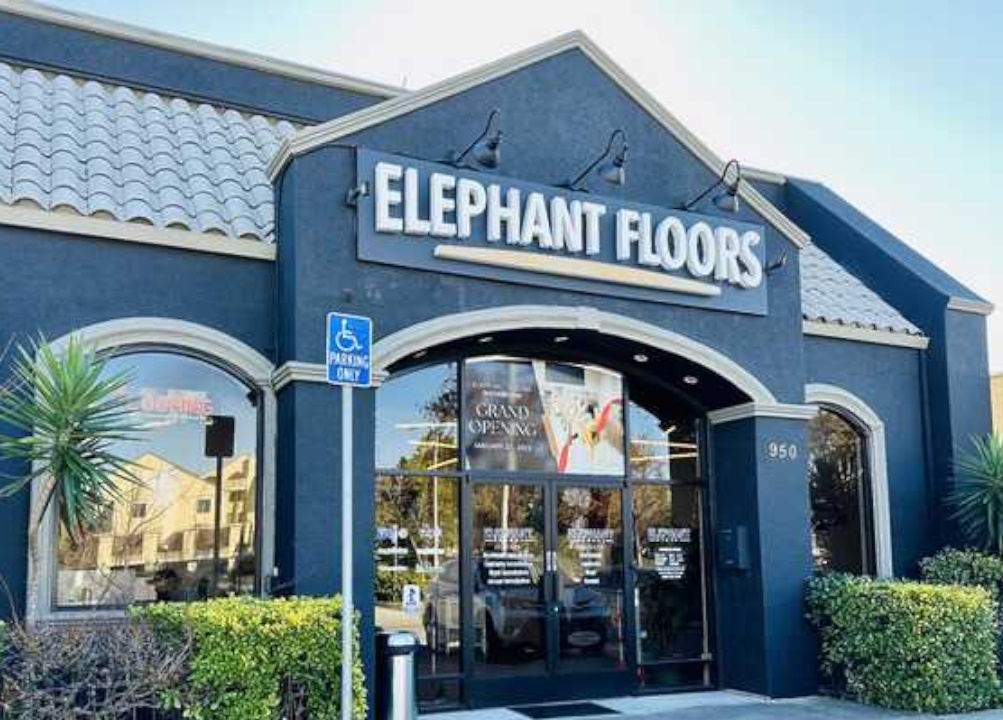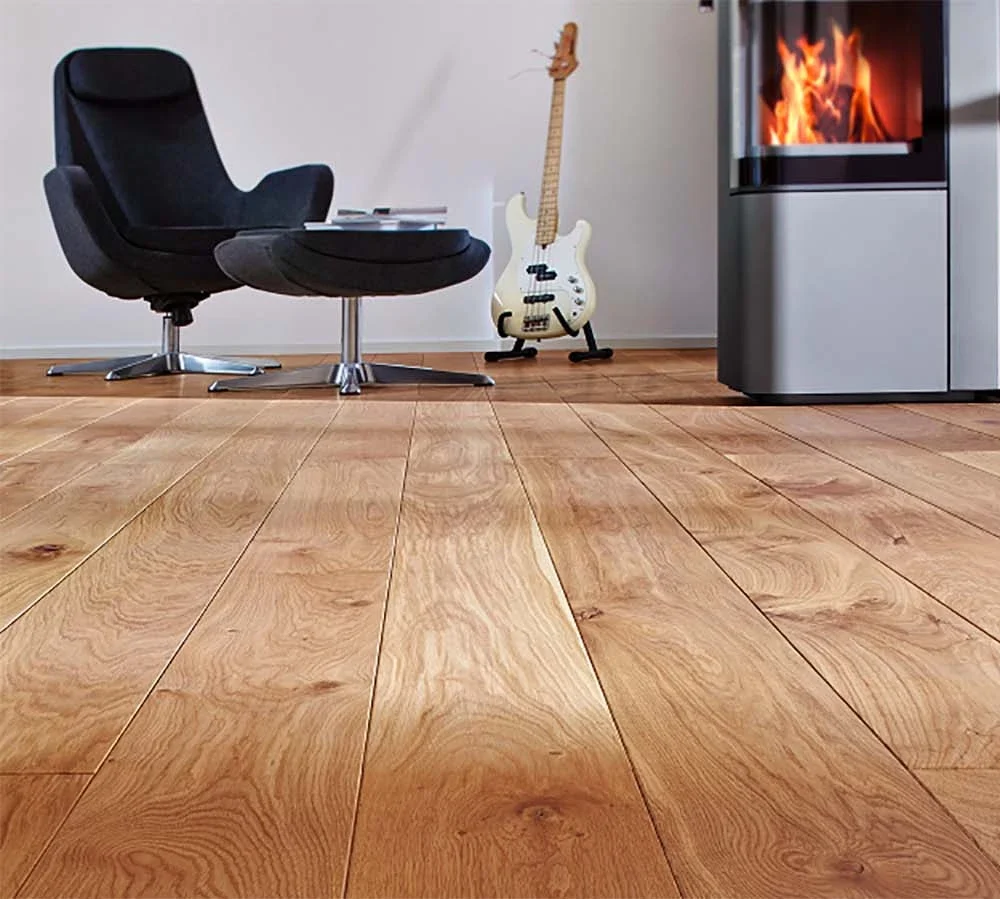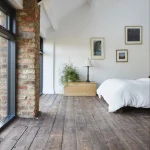- November 4, 2024
Laminate flooring is a popular choice for homeowners. It is durable, affordable, and easy to install. However, laminate floorboards can still be susceptible to damage. Despite their resilience, they can be affected by moisture and general wear and tear. Sealing and protecting these floorboards is essential. It helps extend their lifespan and maintain their appearance.
Proper sealing prevents water from seeping into the seams, which can cause warping or buckling. It also helps shield the surface from scratches, dents, and stains caused by daily use. In this guide, we’ll walk you through the steps to seal and protect your laminate flooring. We will help you avoid common risks. Be sure that your floors will stay in top condition for years.
Why You Should Seal Laminate Floors
Sealing laminate floors protects them from moisture, one of the biggest threats to their longevity. Laminate flooring is designed to resist some water exposure. However, prolonged contact with moisture can cause significant damage. By applying a proper sealant, you create a protective barrier. It prevents water from seeping into the seams. It also minimizes the risk of warping and buckling over time. It is especially important in areas prone to spills or high humidity. Examples include kitchens, bathrooms, and basements.
Despite moisture protection, sealing also enhances the durability of your laminate flooring. Everyday wear and tear can affect the surface. Foot traffic, moving furniture, and minor accidents contribute to this gradual wear. A sealant adds a layer of strength. It reduces the chances of scratches, dents, and scuffs. It keeps your floors looking newer for longer.
Beyond the practical benefits, sealing laminate floors can improve their aesthetic appeal. A high-quality sealant can give the floor a sleek, polished finish. It also brings out the natural patterns and colors of the laminate. It not only enhances the look of the flooring but also helps it retain its visual appeal, even after years of use.
Tools and Materials Needed
You’ll need several key tools and materials to seal and protect laminate floorboards.
- Start with a high-quality sealant. Options include silicone caulk, urethane, or polyurethane. These sealants create a durable barrier against moisture.
- A microfiber mop is essential for application. It helps with the even distribution of the sealant. The mop is also useful for cleaning the floor before sealing.
- Protect your hands and clothing by wearing gloves and old clothes, as the sealant can be messy.
- You’ll also need buckets, a sponge mop, and solution mixing containers. These are necessary for preparing and applying the sealant.
- If desired, you can use a floor buffer. It is an optional tool for enhancing the finish. It also ensures an even application of the sealant.
Preparing the Floor for Sealing
Proper preparation is crucial for a successful sealing process of laminate floors.
- Start by cleaning the area thoroughly. Use a vacuum or broom to remove dust and debris, ensuring all particles are cleared from the surface.
- Next, clean the floor with a microfiber mop. Use a suitable floor cleaner to remove any lingering grime or residue.
- It is essential to ensure that no moisture remains on the floor. Sealing over damp surfaces can lead to adhesion problems. It may cause damage over time. Allow the floor to dry completely before proceeding with the sealing process.
- Once the floor is clean and dry, focus on the edges and seams. Apply a high-quality silicone caulk or urethane sealant to these areas. Carefully run the caulk along the edges and into the seams. Smooth it with a caulking tool or your finger for a seamless application. This step prevents water from seeping into gaps.
How to Seal Laminate Floorboards: Step-by-Step Guide
Sealing laminate floorboards ensures their longevity. It also maintains their appearance.
Step 1
Begin with preparing the sealant solution. If you use a liquid sealant, mix it according to the manufacturer’s instructions. Ensure the sealant is thoroughly mixed to achieve the desired consistency and effectiveness.
Step 2
Apply the sealant to the floor. Use a mop or brush to spread the sealant evenly across the surface. Work in small sections to ensure a consistent application. Avoid overlapping or missing spots. Make sure to cover the entire floor surface. Move methodically to ensure even coverage.
Step 3
Start sealing the edges and seams. Use a high-quality caulk to apply a sealant along these critical areas. Carefully run the caulk along the edges and into the seams, smoothing it with a caulking tool or your finger. This step is crucial to prevent water from seeping into gaps, which can lead to potential damage.
Step 4
After applying the sealant, wait for it to dry. Follow the drying time specified on the sealant’s label. It can vary depending on the product and environmental conditions. Ensure the room is well-ventilated to speed up the drying process.
Step 5
Buff the floor once the sealant has dried. Use a floor buffer or a clean, dry microfiber cloth to polish the surface. Buffing will enhance the shine and give the floor a polished look. It completes the sealing process.
Choosing the Right Sealant for Your Floor
Selecting the appropriate sealant for your laminate floor is crucial. It ensures optimal protection and longevity. There are three main types of sealants to consider: silicone, urethane, and polyurethane.
Silicone sealants are highly flexible. They offer excellent resistance to moisture. It makes them ideal for areas prone to spills or high humidity. However, they can be challenging to clean. Also, they may not provide the best finish.
Urethane sealants are known for their durability and resistance to abrasion. They are suitable for high-traffic areas. They offer a strong bond and are generally easier to apply.
Polyurethane sealants provide a balance between flexibility and durability. They offer good protection against both moisture and wear. They also tend to dry clear, giving a clean, polished look.
When choosing a sealant, consider the type of laminate flooring you have. For glossy or textured laminate, opt for a sealant that complements the finish. It helps maintain the floor’s appearance and texture.
Additionally, the frequency of resealing depends on foot traffic. High-traffic areas require more frequent resealing. It is necessary to maintain protection and appearance, every 1-2 years. In contrast, areas with less traffic may only need resealing every 3-5 years. Your laminate flooring will remain in excellent condition with the right sealant.
Maintaining Sealed Laminate Floors
Proper maintenance of sealed laminate floors is essential. It ensures their longevity and appearance. Regular cleaning is key. Microfiber mops are highly effective for this purpose. They are gentle on the laminate surface. Microfiber mops effectively trap dust and dirt. It helps prevent scratches and wear. Make sure to clean the floors regularly to avoid the buildup of grime and debris.
Another aspect of maintenance is avoiding excess moisture and water spills. Although laminate floors are sealed to resist moisture, excessive water can seep into seams and edges. It can cause damage over time. Clean up any spills immediately using a dry or slightly damp cloth. Avoid using wet mops or excessive water during cleaning.
Periodic buffing is beneficial. It maintains the shine and overall appearance of your laminate floors. Rebuffing helps restore the floor’s luster. It also removes any surface dullness that may develop over time. Use a floor buffer or a clean, dry microfiber cloth to buff the surface. Regular cleaning, prompt attention to spills, and occasional buffing will keep your sealed laminate floors looking great and performing well for years.
Common Mistakes to Avoid
One significant error is skipping the cleaning step. Failing to thoroughly clean the floor before sealing can lead to problems. Dust and debris may get trapped beneath the sealant. It can lead to an uneven finish and reduce the sealant’s effectiveness. Always ensure the floor is clean and dry before application. It will help achieve the best results.
Another common mistake is applying too much sealant at once. Overloading the mop or brush with sealant can lead to a milky film on the surface as the excess dries. It affects the appearance and compromises the sealant’s ability to adhere properly. Apply the sealant in thin, even layers to avoid this issue.
Not sealing seams and edges properly is another critical mistake. These areas are particularly vulnerable to moisture infiltration. Moisture can lead to warping and damage over time. Apply sealant carefully along all edges and seams. Smooth it out to ensure a complete and effective seal.
FAQs
– How often should I reseal my laminate flooring?
You should reseal laminate flooring every 1-2 years in high-traffic areas. In low-traffic areas, reseal every 3-5 years. Regular resealing helps maintain protection and appearance. It also extends the lifespan of your laminate floors. Adjust the frequency based on foot traffic and the condition of the sealant.
– Can I use regular floor cleaners after sealing?
Yes, you can use regular floor cleaners after sealing. Make sure they are compatible with laminate floors. Avoid harsh chemicals and excessive water, as they can damage the sealant. Opt for mild, laminate-safe cleaners to maintain the sealant and the floor’s appearance.
– Is it necessary to seal laminate in every room?
Sealing laminate flooring in every room isn’t always necessary. Focus on high-moisture or high-traffic areas. Examples include kitchens and bathrooms. Sealing these areas offers the most protection. Regular cleaning may be sufficient without extra sealing in low-traffic, dry areas.
– How can I prevent water damage in high-moisture areas?
To prevent water damage in high-moisture areas, seal laminate flooring thoroughly. Clean up spills promptly, and use a dry or slightly damp cloth. Avoid excessive water and use a dehumidifier to control humidity.
Conclusion
Sealing laminate floorboards preserves their appearance and extends their lifespan. By creating a protective barrier against moisture, sealing helps prevent damage. It includes issues like warping and buckling. As a result, your floors remain in excellent condition over time.
Regular maintenance is equally important for maximizing the longevity of your laminate flooring. It includes consistent cleaning with microfiber mops. Promptly address spills to prevent moisture buildup. Periodic buffing helps maintain the floor’s shine.
Additionally, reseal every 1-2 years in high-traffic areas. In lower-traffic areas, reseal every 3-5 years to keep the sealant effective. It helps them withstand daily wear and tear. This approach provides lasting value and beauty to your home.
Ready to get started with your home renovation? Contact us, and our professionals will love to help you with your choice and price estimate.




